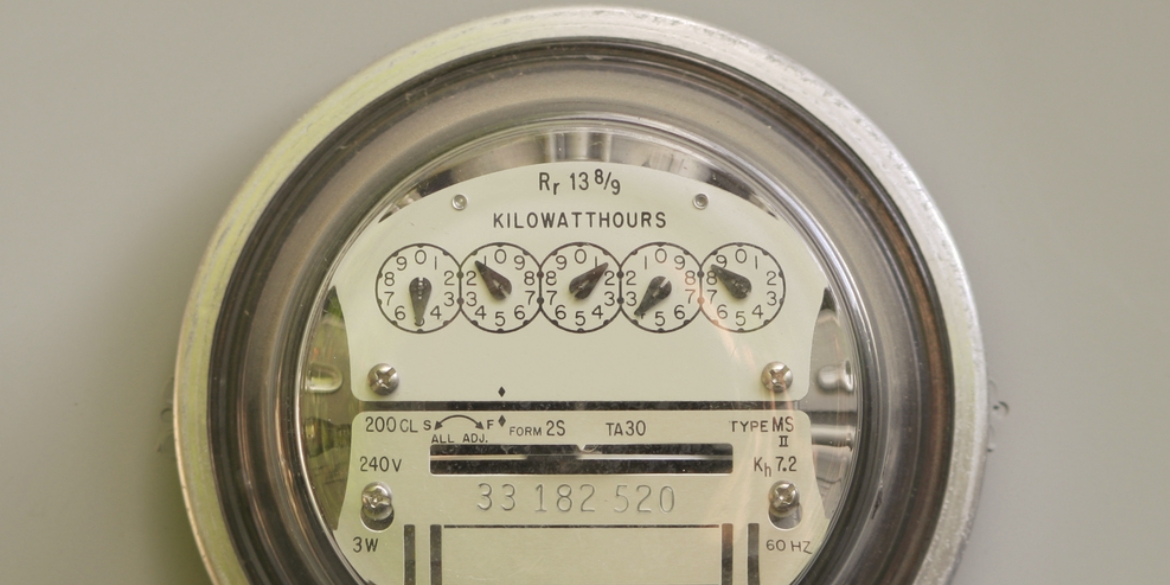Last week we identified the first of three big trends for the solar industry in 2013: soft cost reduction. This week, we look at the next big trend: a re-evaluation of net energy metering (NEM). While discussions about NEM aren’t new, they’ll be accelerating in 2013.
NEM, which allows solar customers to sell their electricity back to the utility at retail prices subject to certain limits, has been around for a number of years and is now the law in most states. NEM has been a simple and successful policy in bringing distributed PV generation from a fringe technology to an integral and rapidly growing part of the electric generation mix.
However, as a number of utilities reach high penetration rates for distributed solar, both utilities and policy makers are re-examining net metering with the goal of determining the optimal mechanism to compensate distributed solar owners for their electricity production. Today, virtually every state where distributed solar has high penetration has some effort underway – either by the utilities, by industry advocates, or both – to evaluate net metering and, in many cases, propose alternatives.
When distributed generation was just getting started, any subsidy (in situations where it existed) represented by NEM was too insignificant for utilities to pay much attention to. However, as distributed PV becomes a bigger part of the generation mix, and with prospects of significant growth, the electric industry is taking a closer look at the economic implications of NEM to consider alternatives that may more accurately assess costs and benefits.
Two alternatives are receiving noteworthy attention.
- One alternative is to separate consumption from production and have two rate structures: customers are billed for all consumption using a standard rate structure, and are compensated for all production using a value-based rate. Austin Energy has adopted such an approach based upon the Value of Solar™ analysis conducted by Clean Power Research.
- An alternate, emerging approach is to design a new rate structure that identifies and prices a comprehensive set of services provided by either the utility to the customer, or the customer to the utility. These services represent a set of “transactions,” and the rate schedule would lay out the means of measuring the quantities and sending the correct price signals.
Under such a schedule, for example, voltage regulation at the point of interconnect might be identified as a service, and the customer would have the option of providing that service (e.g., using an inverter and communications hardware) or purchasing that service from the utility.
Industry stakeholders – whether solar advocates, utilities, or regulators – will have to identify the services, determine their cost basis, and agree upon standard methods for determining prices.
In the case of the Value of Solar approach, solar industry groups may advocate for a broader “societal perspective” including things like job creation benefits. Meanwhile, utilities may advocate for a narrower “ratepayer perspective,” including only elements that effect utility rates. We described these two approaches in a recent blog piece “Valuing solar: A matter of perspective.”
It will be the job of policy makers, in most cases state public utility commissions, to decide what should be included in the analysis and how to develop and implement policies based on the Value of Solar analysis. At Clean Power Research, we believe that whichever approach is taken, it is critical that all parties support objective and transparent quantitative analysis.
Expect 2013 to really be the beginning of the widespread evaluation of net metering. Look for lots of analysis and proposals that will lead to policy changes in future years. An interesting side effect of the debate over net metering may be a re-evaluation of utility tariffs on consumption, which, in many cases, are not closely linked to the marginal costs. As we move forward into 2014 and beyond, look for policies to begin to change, heavily shaped by the debate and analysis conducted over the course of this year.
